Rick L. Click and Thomas N. Duening provide an informative guide to the basic considerations, risks and methods of business process outsourcing (BPO). You can use this solid handbook to determine if BPO can help your company and to understand what steps to take to implement it successfully, just be aware that it isn’t as focused on environmental and energy costs as the very latest counsel. getAbstract recommends this book to managers and general businesspeople rather than to academics or practitioners. It is a hands-on introduction and overall guide to this approach to major support functions.
The BPO Revolution
As businesses seek to lower costs, compete, expand their global reach and focus on their core concerns, they have turned to outsourcing their noncore business processes. Information technology (IT) was first outsourced decades ago when big data systems were too costly for smaller companies to own, but made sense to share. Now, low-cost global communication networks allow vendors to send information almost anywhere in an instant. Technicians running software thousands of miles away can produce data for you to view on your desktop at will.
Just as certain countries once specialized in various aspects of manufacturing, various nations now specialize in specific areas of business process outsourcing (BPO). Companies focusing on specific functions, such as IT, human resources (HR) and customer support, have emerged all over the world, and those offering the highest skills for the lowest prices are winning business. For example, India is using its engineering expertise to garner outsourced engineering and technical work. China’s growth in manufacturing is felt worldwide. The Philippines has taken on outsourced administrative tasks. Mexico continues to...










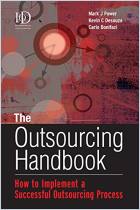
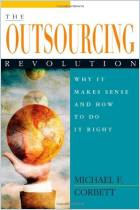
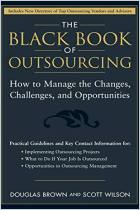
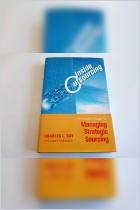

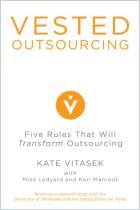







Comment on this summary or Iniciar a Discussão